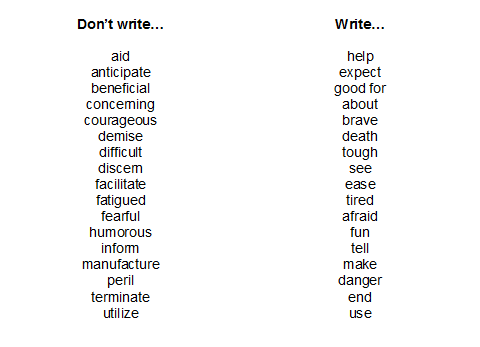Words have emotions attached to them. Readers have emotional reactions to words as well. Our emotional reactions are hardwired into our brains. Choosing the right words is thereby important. In the battle between emotion and intellect, emotion is the winner. Hands down!
Intelligent words only active the analytical part of the brain; they don’t trigger emotional responses. Emotional triggers prompt a response among your readers. A copy that lacks emotional readers will not be read throughout.
Did you know…
- 10% of your readers will not scroll down up to the last word of your article?
- most of your readers will read 60% of your article?
- most of the re-tweeted stories aren’t completely read?
That’s how it is, but for how long? Aren’t you tired of writing contents that won’t be read by your readers? Let me rephrase that. Aren’t you tired of writing superb contents that won’t be read and shared by your readers? If you are, then read on.
Humans as emotional beings
Firstly, we – humans – are emotional beings before we are rational beings. Readers won’t gravitate towards your words without emotional connection. The goal should be speaking to the person, to his emotions, to his being! In this digital world, this is how to trigger emotional actions such as liking, commenting, sharing and re-tweeting, all of which are basics to SEO.
Now here’s the secret to writing copies that will be read entirely – building curiosity! Tease them with new information. There are many curiosity hooks that you can use in creating your contents.
Here are some of these:
- Let me explain.
- Read on.
- Wait! There’s more.
- Here’s why.
- Here’s the catch.
- Now here’s the best part.
Don’t choke the emotional impact of your contents. Just let the words flow naturally while minding your choice of words. Avoid using intellectual words. Use these emotional words instead.
People, who visit your website, are human with actions and decisions driven by emotional motivations and backed up by logical reasoning.
The key is motivating your audience emotionally. Catching and maintaining the interest of your target audience could be the greatest challenge you’ll face with SEO, but you can do it with powerful contents.
The secret? Tap into the needs of your prospects through tapping into their emotions. This also primes them to act on what they’ve read more so when they find the discussion helpful and share-worthy.
When connecting emotionally with your customers and prospects, remember these commandments.
1) Solve their problems. Get into the root of their most challenging problems. You can do this through your monthly email newsletters, but be discreet when doing so because some prospects frown at sale-sy newsletters.
2) Satisfy them. Make them feel good through giving tips, tricks and advice via the contents. It doesn’t have to be tangible benefits, but learning new information would be enough especially after reading a 3,000-word long manuscript.
Through these, you may evoke feelings of gratitude, pride, satisfaction, joyfulness, etc.
Remember: your readers will pass judgment about you and your thoughts based on their emotions. Next, they will justify their emotional responses based on logic.
So, arouse the senses of your readers. Lead them towards making logical conclusions about what they’ve read. In SEO world, these simple words that evoke emotions and logic can be used in bringing in more traffic as you get the readers hooked on your content.
Only emotional words can do this. Intellectual words can’t. While intellectual words can make you sound oh so smart, they also make you ho-hum b-o-r-i-n-g.
Do you have any other emotional words in mind to add in the list? Let me know.





